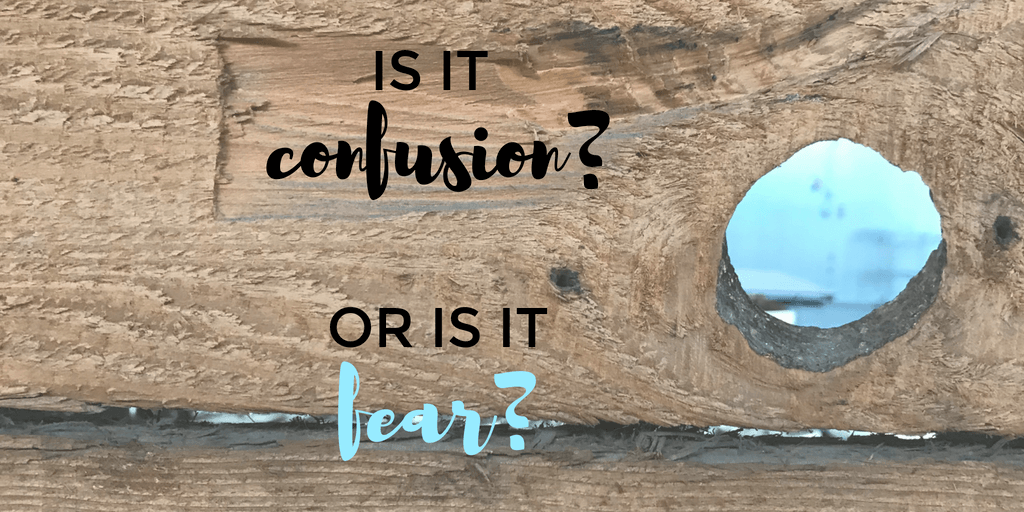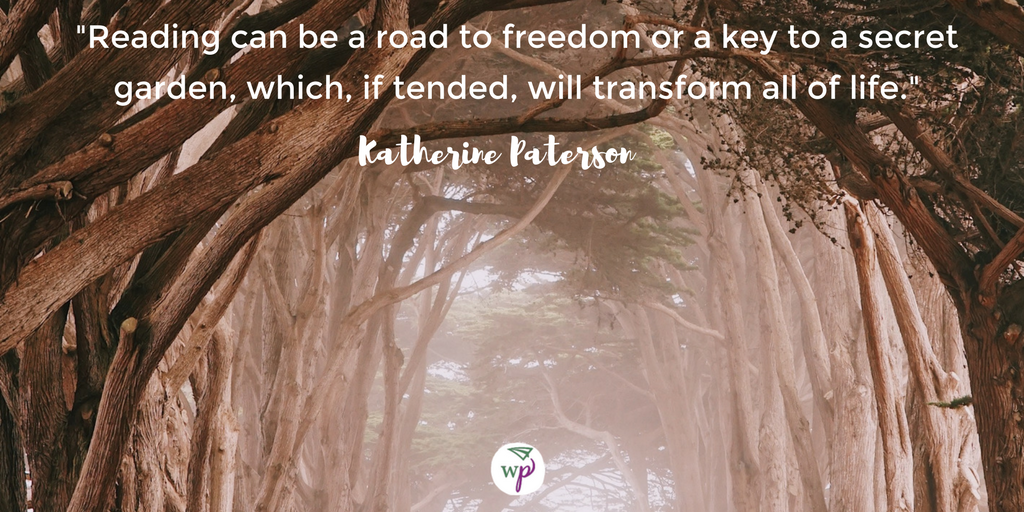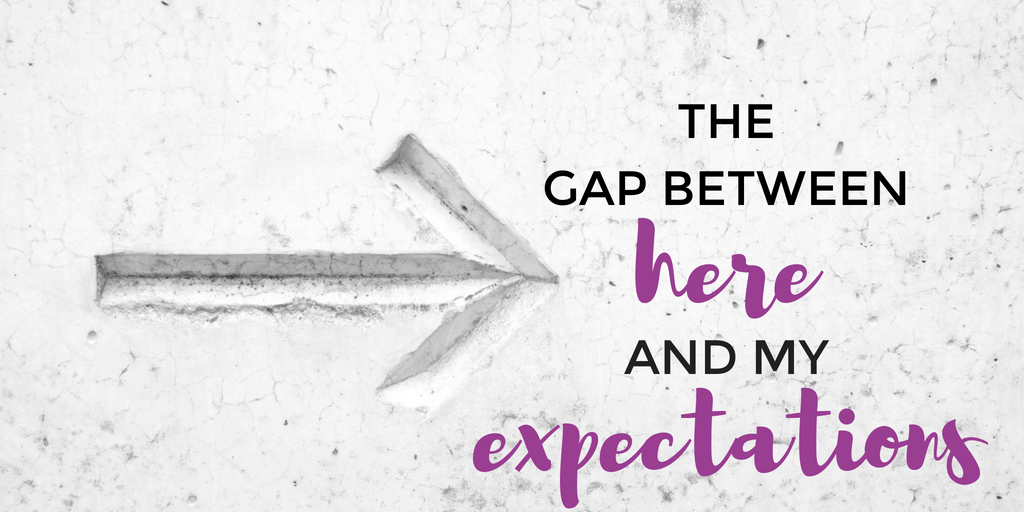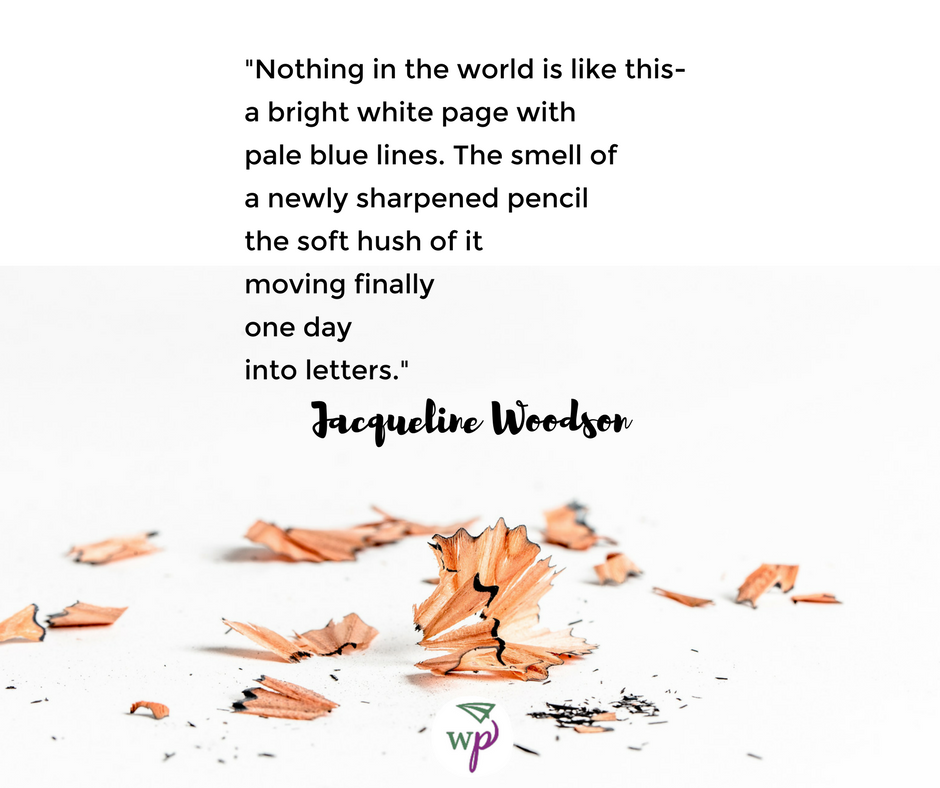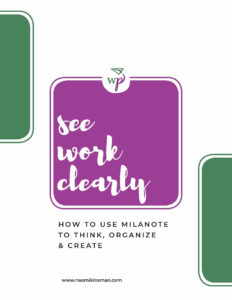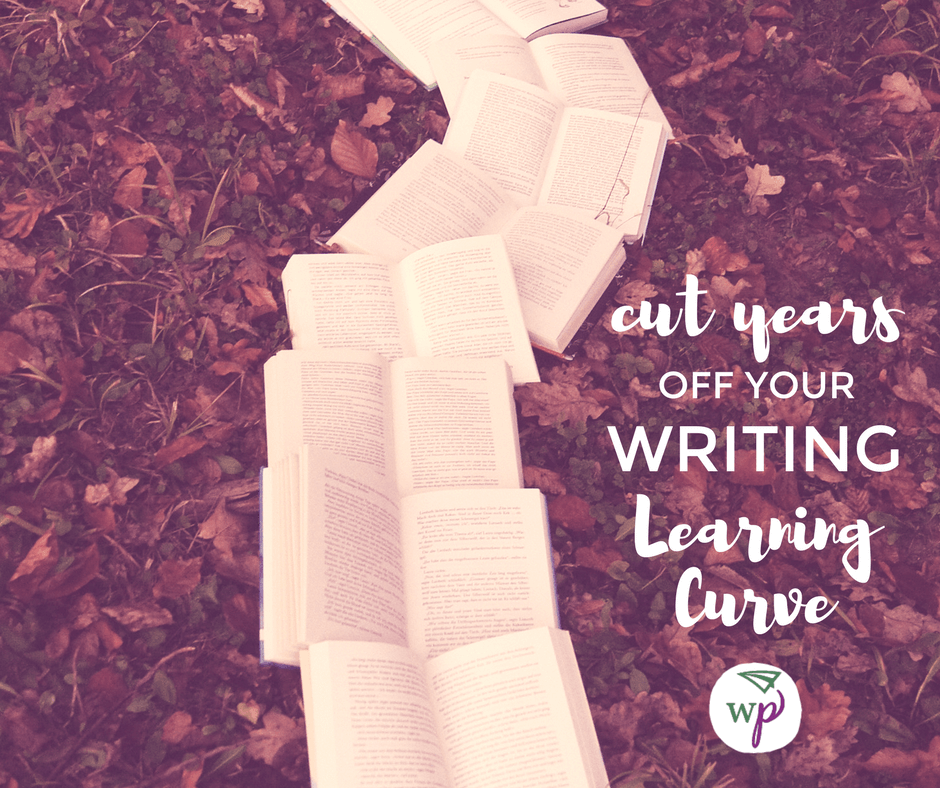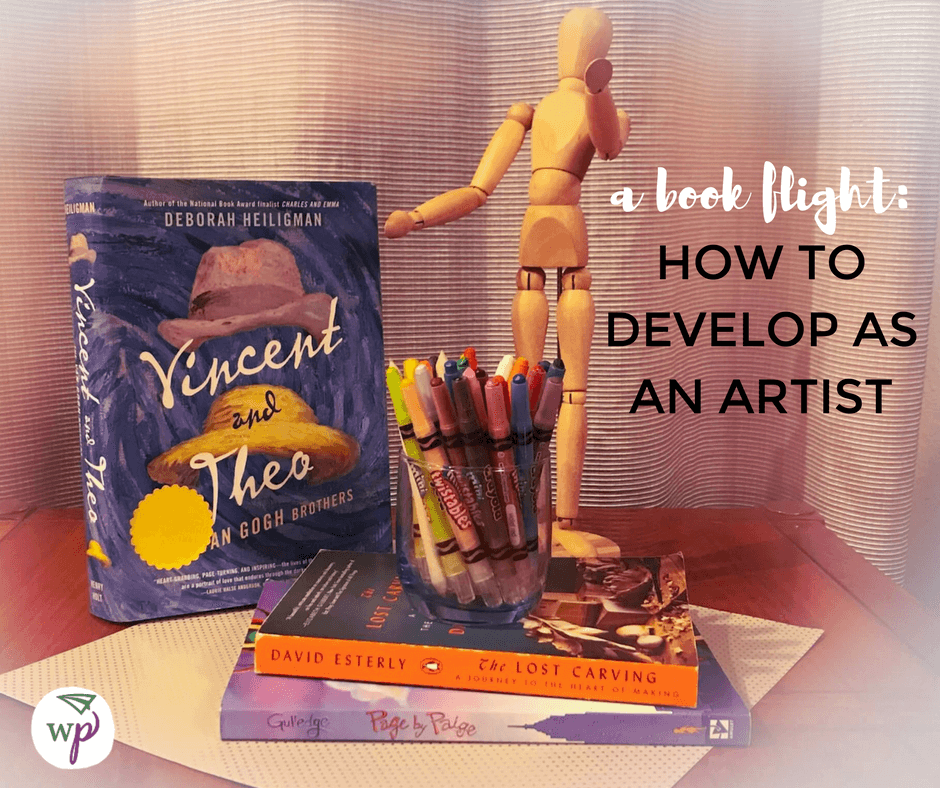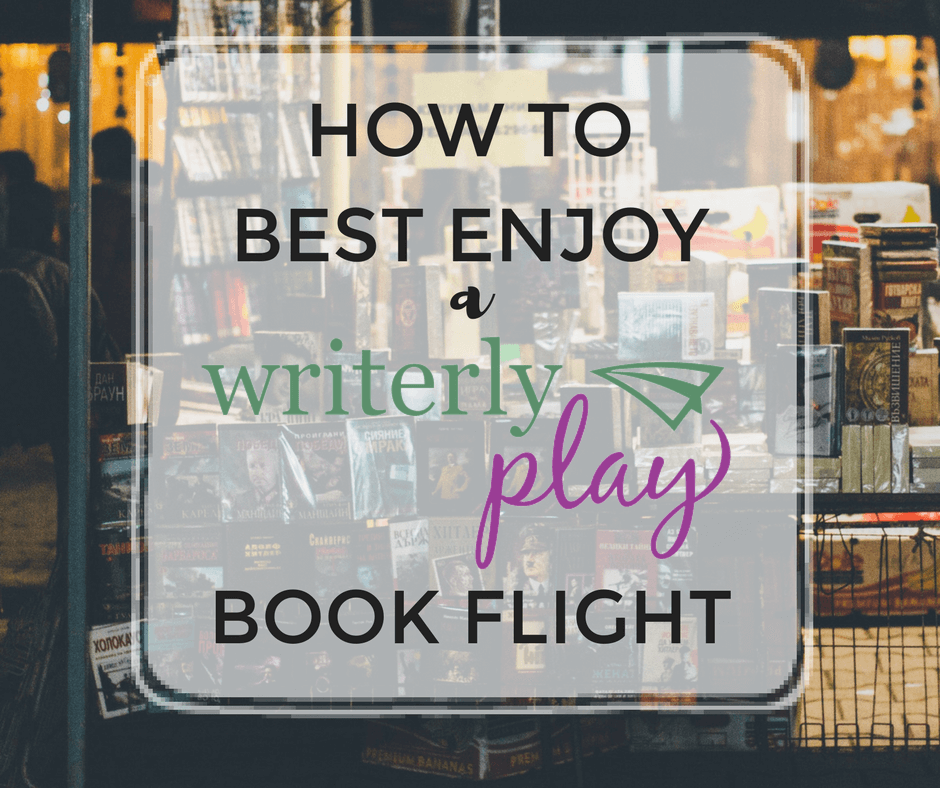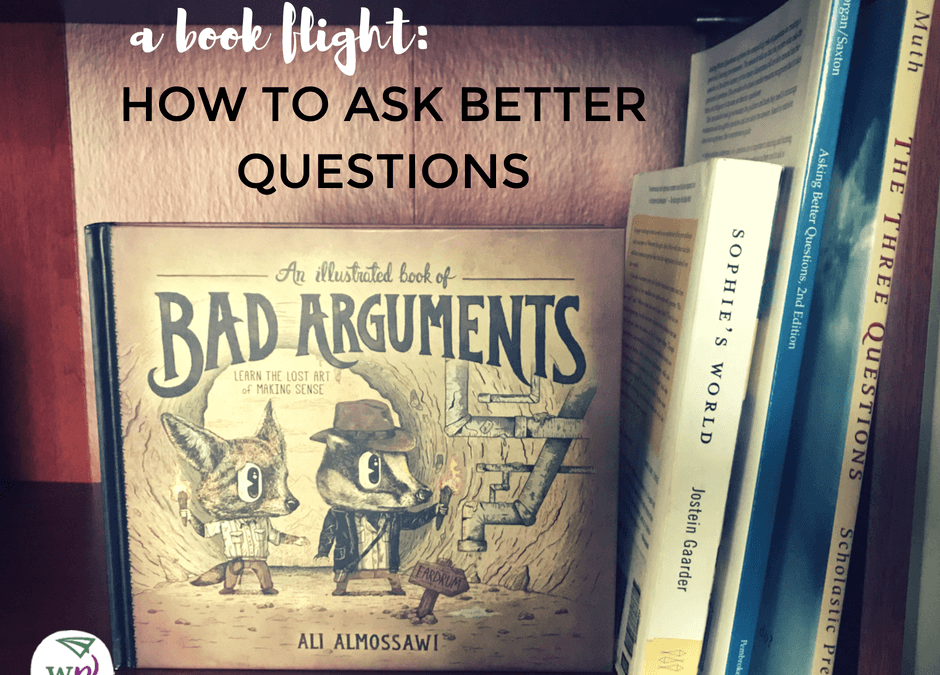
Asking Better Questions – A Book Flight
In my creative development, I’ve circled back to the practice of asking questions a number of times: as an actor, a director, a writer, a teacher. No matter the hat I’m wearing, the quality of my questions fundamentally improves the quality of my work.
I’ve chosen four titles for this flight: a nonfiction guide for teachers, an illustrated work of nonfiction, a young adult novel, and a picture book. As ever, you’ll likely find that the titles listed here spark reading ideas of your own. Feel free to mix and match, swapping titles in and out. Above all, I wish you inspiration and joy as you savor the exploration.
How To Ask Better Questions: A Book Flight
Asking Better Questions by Norah Morgan and Juliana Saxton
I couldn’t put a book flight together on the topic of questions without including this title. Beyond being completely on the nose, it’s one of my favorite books. I had the privilege of hearing Juliana Saxton speak about this book at a theatre conference. What struck me immediately was the complexity of questions. Many of us go through life tossing questions around without giving them a second thought, but it turns out that questions significantly impact the quality of our thinking, our experiences, and our creative work. If taking care with the questions I ask myself and others can change the quality of my life, I, for one, don’t want to be cavalier about them.
This slim volume packs a punch on each page, inviting us to consider the power of our words, and how those words guide us toward outcomes. Whether you use this book to boost your skills as a discussion facilitator for others, or to improve the quality of discussion inside your own mind, it is sure to be a transformative read. Learn more here.
Sophie’s World by Jostein Gaarder
Where Asking Better Questions asks us to think in concrete ways about our questions, Sophie’s World provides an abstract lens. While reading this novel, my questions bubble up unbidden. Rather than thinking about them, I simmer in them. When I take my morning run, they perch on my shoulders and invite me to pay closer attention.
I love the juxtaposition of Sophie’s World and Asking Better Questions, because together, they provide me with a mixture of practical tools and creative ones, providing me with structure alongside the freedom to play. Learn more here.
The Three Questions by Jon J. Muth
I don’t always include a picture book in my book flights. However, after the two dense books above, I wanted to offer a book with breathing room, too. While the art of questions is, of course, about thinking deeply, it doesn’t have to be complicated. In fact, often simple questions can be the most transformative of all. Learn more here.
The Illustrated Guide to Bad Arguments by Ali Almossawi
Illustrated by Alexandro Giraldo
One hasn’t fully considered the art of asking questions without also considering logic. This fun-to-read, illustrated guide is one of my favorite thinking tools. I find myself laughing at my fuzzy thinking, probing for true logic, and uncovering fresh clarity. I love how the playful visual style invites my less critical self out to play. That’s important when diving into logic. Approached with too much gravity, I think I’d beat myself up rather than play my way to new insights. This book is a gem. Learn more here.
If you pick up the books in this flight, I’d love to hear what you think. Let me know what questions they bring to mind for you. And please share your ideas for other titles that ought to be part of this flight. I’m always on the hunt for an excellent read. Tag me on Twitter or Instagram, and let’s chat. Happy reading!

